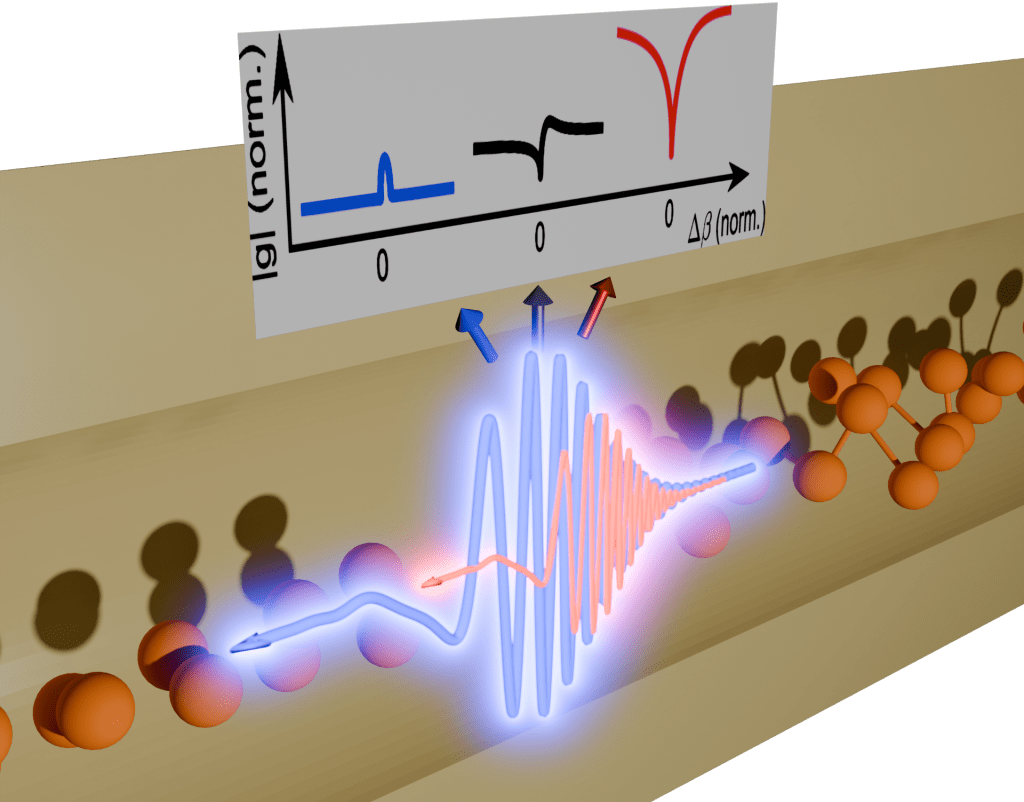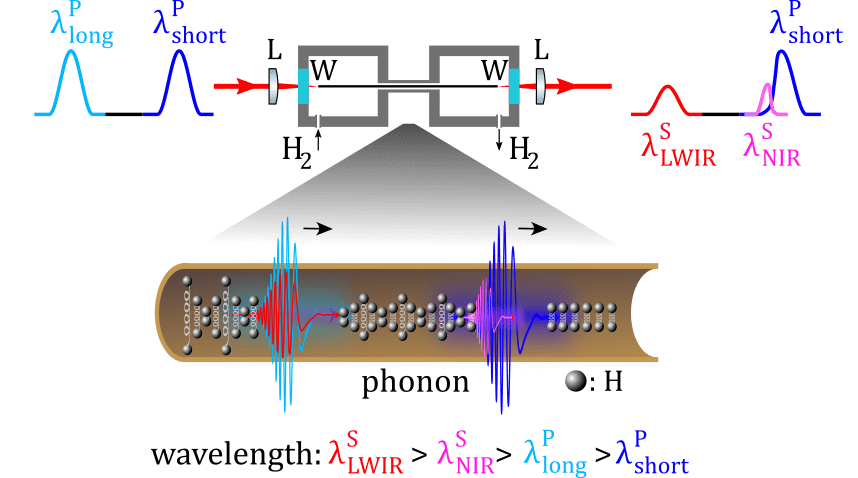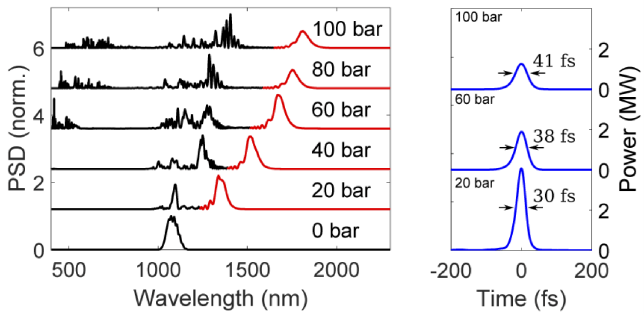Unified and vector theory of Raman scattering in gas-filled hollow-core fiber across temporal regimes
Raman scattering is an important physical phenomenon that enables wavelength conversion beyond what can be achieved with natural materials, nonlocal interactions between pulses for material examinations, and so on. However, it hasn’t been well-studied. In particular, there is no a single theory that can cover various temporal regimes for ultrashort pulse applications. Here, we develop a theory to comprehensively study the Raman scattering, which also make connections of several physical phenomena across different regimes that were used to be treated as different phenomena. This theory constitutes a fundamental yet crucial cornerstone of Raman theory.


